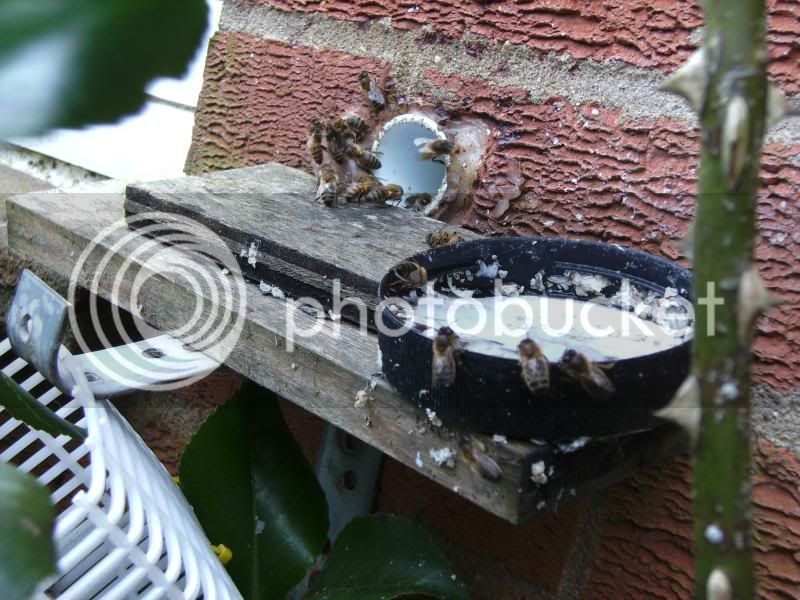- Joined
- Oct 16, 2012
- Messages
- 18,252
- Reaction score
- 9,580
- Location
- Fareham, Hampshire UK
- Hive Type
- 14x12
- Number of Hives
- 6
Do open mesh floors make the hive colder over winter? I use them with sealed crownboard and top insulation
No ... plenty of evidence that they have little effect on the temperature inside the hive (which is governed by the bees desire to maintain the colony at the temperature they want).
As long as the top of the hive is sealed and there is insulation above the crown board as you have.
I actually sealed my crownboard to the top of the hive to ensure that there was definitely no chance of upward air flow but even before this the bees were well on the way to sealing the edges of the CB with propolis.
I think there is some benefit, if a hive is located in a windy or exposed area to make some provision for shielding the mesh floor from draughts - perhaps with a shallow frame under the floor.
My hive, although not in and exposed situation, has a drawer structure permanently in place beneatht the mesh floor with a sticky board in it. Kills two birds with one stone ...




 I see that Pinguis Imperium (whoever he/she is) in February BBKA News (p.46) writes: "This [assessing stores] is particularly easy if you have raised the crown boards on matchsticks to ensure adequate winter ventilation."
I see that Pinguis Imperium (whoever he/she is) in February BBKA News (p.46) writes: "This [assessing stores] is particularly easy if you have raised the crown boards on matchsticks to ensure adequate winter ventilation."
